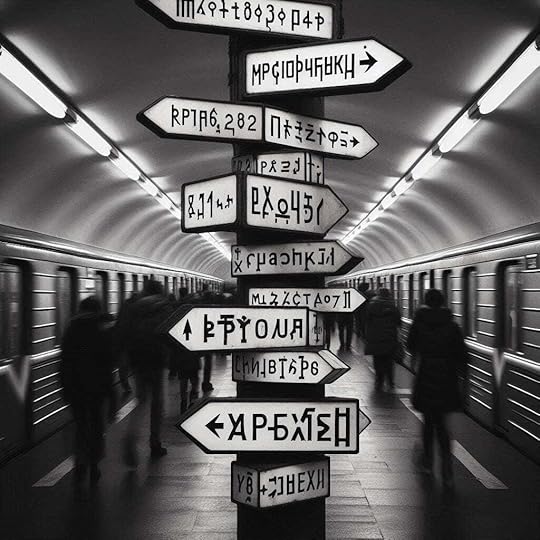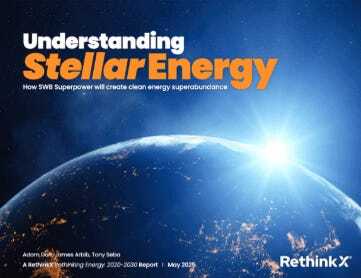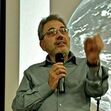Europe: If You Have the Wrong Map, you Will Never Reach Your Destination

Many past empires collapsed because they misunderstood the reasons for their difficulties, squandering their limited resources on military expenses. That’s what may happen to the European Union with the “Rearm Europe” plan.
Years ago, I found myself lost in Moscow’s subway. I was trying to follow a map I had with me, but no matter what I did, after a few turns, I found myself back in the same place. It was a spooky experience: I was surrounded by signs written in an alphabet I couldn’t read and a crowd of busy people whose language I didn’t understand. Eventually, I managed to get back home. Later, a friend pointed out to me that I was using a map that was at least 10 years old and didn’t show the new connections built since then. No wonder I got lost!
If you have the wrong map, you can’t reach the right destination. The history of science is full of attempts to use wrong theories to map the world: do you remember such things as “flogiston” and “cosmic aether”? And let’s not forget the large number of disasters in medicine, with the mismanagement of COVID-19 being among the recent ones.
The concept of “wrong map” nicely applies to the recent “Rearm Europe” plan: spending 800 billion euros on weapons. Why do they want to do that? Why 800 billion?

It is because they have the wrong map, probably a consequence of “Draghi’s Plan,” a document drafted by Mario Draghi, former Italian Prime Minister. In January 2025, he proposed to stimulate the European economy by spending a massive amount of money, 800 billion euros per year, to build new infrastructure in areas such as high-tech and research. The “Rearm Europe” plan is clearly inspired by Draghi’s earlier proposal, although somewhat less ambitious: the 800 billion would be spent in four years rather than yearly.
Draghi is an old-school economist who sees the economy as governed mainly by monetary factors. He was right in his assessment of the problem: insufficient investments in new technologies and infrastructure were leading the European industry to be trounced by the Chinese competition. But he couldn’t understand the reason behind the lack of investments. Relying on standard economic models (wrong maps), he thought that the government had to intervene by printing more money to stimulate the dead horse to stand up again.
Yet, there is a reason for Europe’s lack of investment. It becomes clear if you use the correct map. According to the biophysical economics view, the economy is based on resources. And the most critical resource is energy. With cheap energy, the economy grows. Without it, it declines, and it may collapse.
Using the bioeconomics map, you can trace the path that led Europe to where it stands now. Before 2022, Europe would get most of its energy from low-priced gas from Russia. This gas allowed Europe to plan a transition toward a new industrial infrastructure based on renewable energy. Progress was being made, but it was a decades-long plan. Then, the whole parade smashed against a brick wall in 2022, when the Russian military operation in Ukraine led Europe to switch to more expensive gas sources.
In 2020, natural gas cost less than 10 euros per MWh. In 2021, it spiked to over 200 Euros per MWh. Now, it is still 4-5 times higher than it was before the crisis. The EU consumption of natural gas plummeted by a factor of nearly 30% from 2020, only in part compensated by other sources and efficiency measures. No wonder that the European economy is sputtering to a halt: it is starved for energy.
In 2022, many European government officials genuinely believed that the Russian economy would collapse within weeks due to the economic sanctions. They didn’t realize that sanctions are a double-edged weapon and that Europe didn’t have the natural resources that Russia has. Disaster followed, with the European economy contracting and losing more and more ground to the Asian economies.
Today, more than three years into the train wreck, the European government officials seem to be genuine believers in Draghi’s approach. That is, creating money to stimulate the European economy. But they have modified the target: the idea is now that the stimulation may come from increasing military expenses.
It is the wrong map: you can print money, but you can’t print resources. Rearming Europe means diverting resources away from where they are desperately needed, a new energy infrastructure based on renewable sources that could shield Europe from the enormous costs of energy imports. Even from a purely military perspective, a strong military is useless if it is not supported by a healthy economy. And, without affordable energy, there is no healthy economy.
The European Union risks following a well-trodden path toward ruin, already walked by earlier empires. As long as the European decision-makers follow the wrong map, “Europe” is destined to become just a geographical term for a small peninsula on the western edge of Eurasia. Do we still have time to change direction? Perhaps it is not too late. It won’t be easy, but if we can revive the earlier plan, that of a new European renewable energy infrastructure, there is still a chance.
________________________________________________________________
For a bit of optimism in this dire situation, take a look at the recent document by Rethinkx, the idea of “Stellar Energy.” Unrealistic? No more than the idea that war may bring peace and prosperity!




